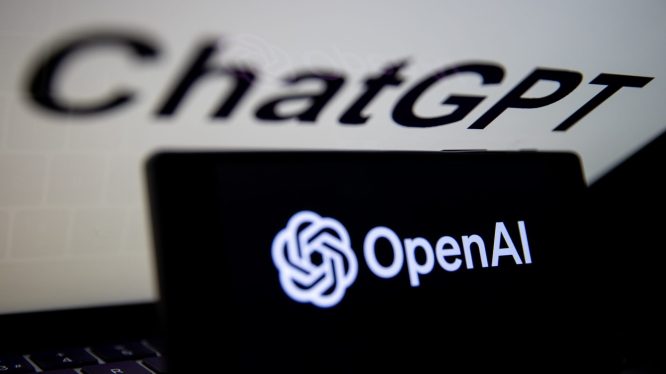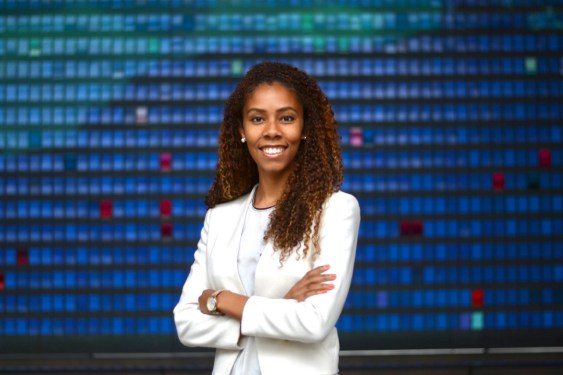The Integration of AI in Education
In recent years, the education sector has witnessed a significant shift towards incorporating artificial intelligence (AI) into online learning platforms. One company that is leading this charge is OpenAI, which has been aggressively exploring ways to integrate its chatbot technology into educational settings. Speaking at a fireside event hosted by Coeus Collective, Siya Raj Purohit, a member of OpenAI’s go-to-market team for education, revealed that the company is considering allowing e-learning instructors to create custom "GPTs" that tie into online curriculums.
Custom GPTs for Lifelong Learning
Purohit’s vision for the future of online learning involves professors creating custom GPTs that can engage students in a lifelong manner. While this may seem like a lofty goal, Purohit has already observed professors uploading "a semester’s worth" of content to create custom GPTs with OpenAI’s existing tools and making them available to their students. This approach allows students to interact with the material in a more immersive and effective way.
The Growing Demand for AI in Education
The education market is seen as a key area of growth for OpenAI, and the company has been actively hiring experts in the field to drive this expansion. In September, OpenAI hired Leah Belsky, former Coursera chief revenue officer, as its first education GM, with a mandate to bring the company’s products to more schools. This spring, OpenAI launched ChatGPT Edu, a version of ChatGPT built specifically for universities.
The Potential of AI in Education
The market for AI in education is expected to grow significantly over the next decade, with Allied Market Research predicting it could reach $88.2 billion by 2034. However, growth has been slow so far due to concerns from educators about the effectiveness and reliability of AI-powered tools.
The Challenges Facing AI in Education
Despite its potential, AI-powered education faces several challenges. One major concern is the accuracy and reliability of these tools. Khanmigo, a chatbot developed by Khan Academy in collaboration with OpenAI, has been criticized for making mistakes when asked to provide solutions or corrections. These errors can have serious consequences, especially in math-based subjects.
The Future of AI-Powered Education
Purohit acknowledges that the current state of AI-powered education is far from perfect but believes that it will improve over time. She notes that OpenAI’s models are constantly evolving and improving, with the goal of translating these advancements into effective learning tools. However, educators remain skeptical about the value of AI in their classrooms.
Educators’ Skepticism
According to a survey by the Pew Research Center, a quarter of public K-12 teachers believe that using AI tools does more harm than good. A separate poll by the Rand Corporation and the Center on Reinventing Public Education found that just 18% of K-12 educators are applying AI in their classrooms.
The Road Ahead
While OpenAI’s push into education is ambitious, it will need to address the concerns of educators if it is to succeed. By providing more effective and reliable tools, OpenAI can help unlock the full potential of AI-powered education and revolutionize the way we learn.
Key Takeaways
- OpenAI is exploring ways to integrate its chatbot technology into educational settings.
- The company’s vision involves professors creating custom GPTs that engage students in a lifelong manner.
- Educators remain skeptical about the value of AI in their classrooms, citing concerns about accuracy and reliability.
- The market for AI in education is expected to grow significantly over the next decade.



